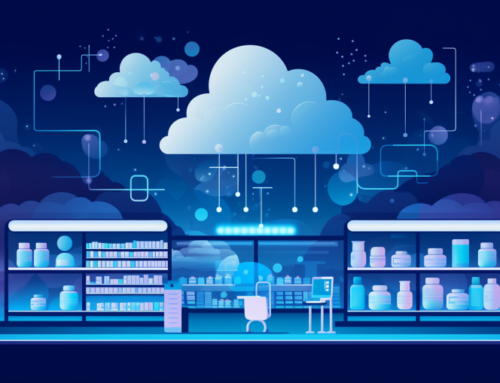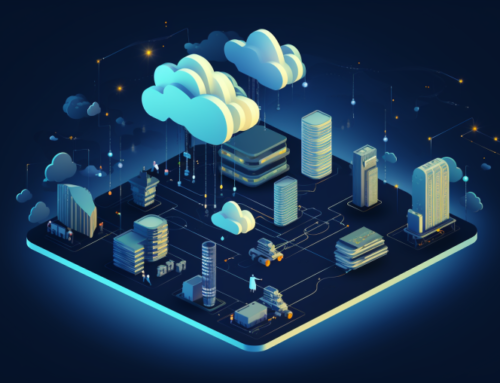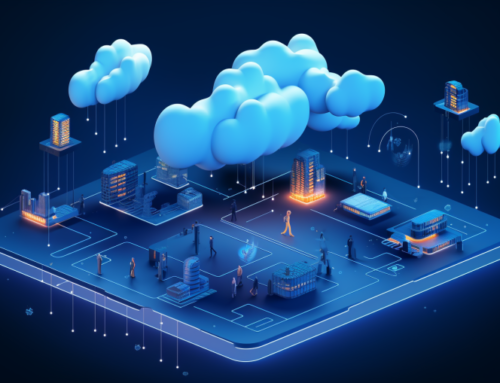On multiple occasions, the transformative power of edge computing is massive and is a secret to innovate seamlessly. Edge computing is indeed poised to revolutionize the future of cloud technology.
However, not everyone is swayed by the culinary comparison. So, here we elucidate how emerging technologies, such as 5G and cloud-native, are making edge computing increasingly reliable and manageable. We refer to these technological advancements as ‘edge enablers’ and here’s why:
- The Internet of Things (IoT) and connected devices act as unique data sources that require security and cloud registration. Edge computing is poised to operate in close proximity to, or directly on, these data sources. Containerization provides a standardized environment for developers to build and package applications, making deployment possible on various hardware irrespective of device capabilities or configurations, thanks to edge computing.
- Service and data mesh enables the deployment and querying of data and services distributed across containers and data stores along the edge. These meshes offer a unified interface that abstracts routing and management of services and data interfaces, facilitating bulk queries within the edge ecosystem. Software-defined networking permits users to configure overlay networks, simplifying the customization of routing and bandwidth to determine edge device interconnections.
- 5G technology enhances edge deployments by assuring the transmission of critical control messages that manage the edge. Digital twins form a crucial element that organizes the transition from physical to digital and from cloud to edge, allowing data and applications to be configured in a more intuitive and domain-specific manner.

To bolster the case for edge computing, let’s delve into four technologies that make edge even more potent:
- Extended Reality (XR): This technology provides users with immersive experiences in virtualized environments. Coupled with edge, these experiences can achieve remarkable detail and interactivity. Thanks to edge, users can dive into different perspectives and appreciate unprecedented detail in applications like car buying, engineering site visits, or safety training.
- Heterogenous Hardware: With the ability to process more data, faster and using less power, this specialized hardware enhances the compute efficiency within physical environments, hastening response times.
- Privacy: Preserving Technology: Techniques and hardware that allow data analysis without fully exposing its components include secure enclaves, homomorphic compute, federated learning, and differential privacy. Such technology safeguards data even during computation, rendering it more usable, particularly when computation needs to occur at the edge.
- Robotics: Edge computing enables the configuration of robots based on signals and updates at the edge.
How does Edge computing propel cloud computing?
Consider these forward-looking scenarios where edge paves the way for an extended cloud continuum:
Extension of AI and IoT with edge computing
Today’s edge computing is already prevalent in hospitals, factories, and retail locations, often operating on sensitive data and powering critical systems that must function reliably. Edge computing can aid decision-making in these core systems, and whenever there is scope for AI and IoT, edge holds promise.
Creating unique value in partner ecosystems
Controlling the edge implies controlling data access at the action point, allowing differentiated services that can be utilized across businesses and partners. In scenarios like high-frequency trading, where data center proximity is premium, edge points can drive similar differentiation.
Differentiation with 5G, robotics, XR, and connected devices
Edge computing is integral to maximizing the returns from these next-gen technologies. The cumulative effect of these technologies allows features like voice commands in cars and remote work through teleoperation.
Developing these intricate use cases requires significant centralized computing cycles to validate their functionality in the real world. The initiation with cloud-based simulations, where much of the robotics control system, the AI system, and fleet management are validated in completely virtualized environments before any physical changes are implemented.
Despite seeming like science fiction, edge computing is now a practical reality, primed to trigger rapid technological advancements. The key edge enablers – IoT, XR, 5G, and more – empower businesses to envisage how the edge can enhance operational efficiency, accelerate innovation, and extract more value from ecosystem partnerships. So, the time to explore edge computing and discover your ‘crispy fries’ is now!


